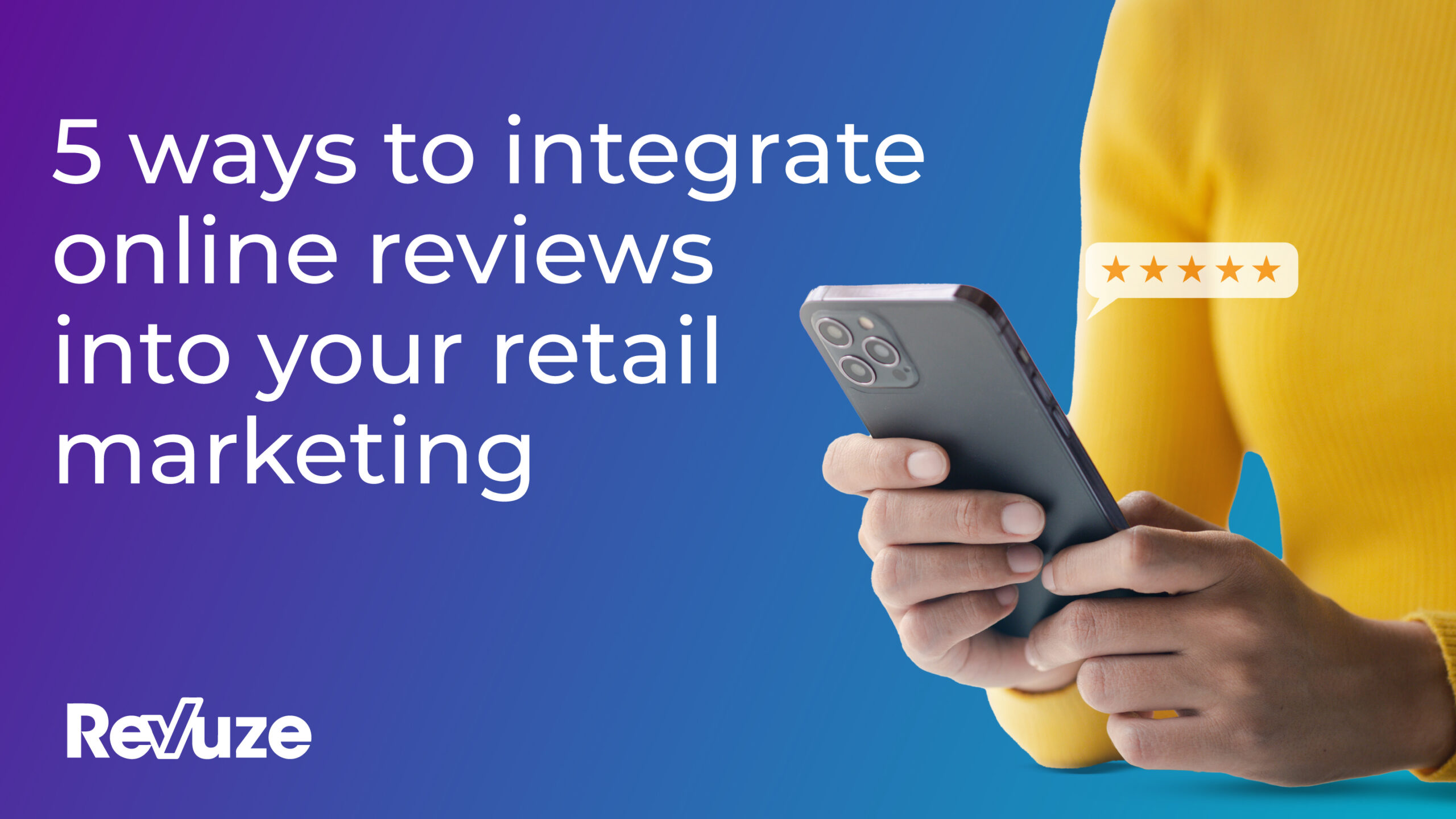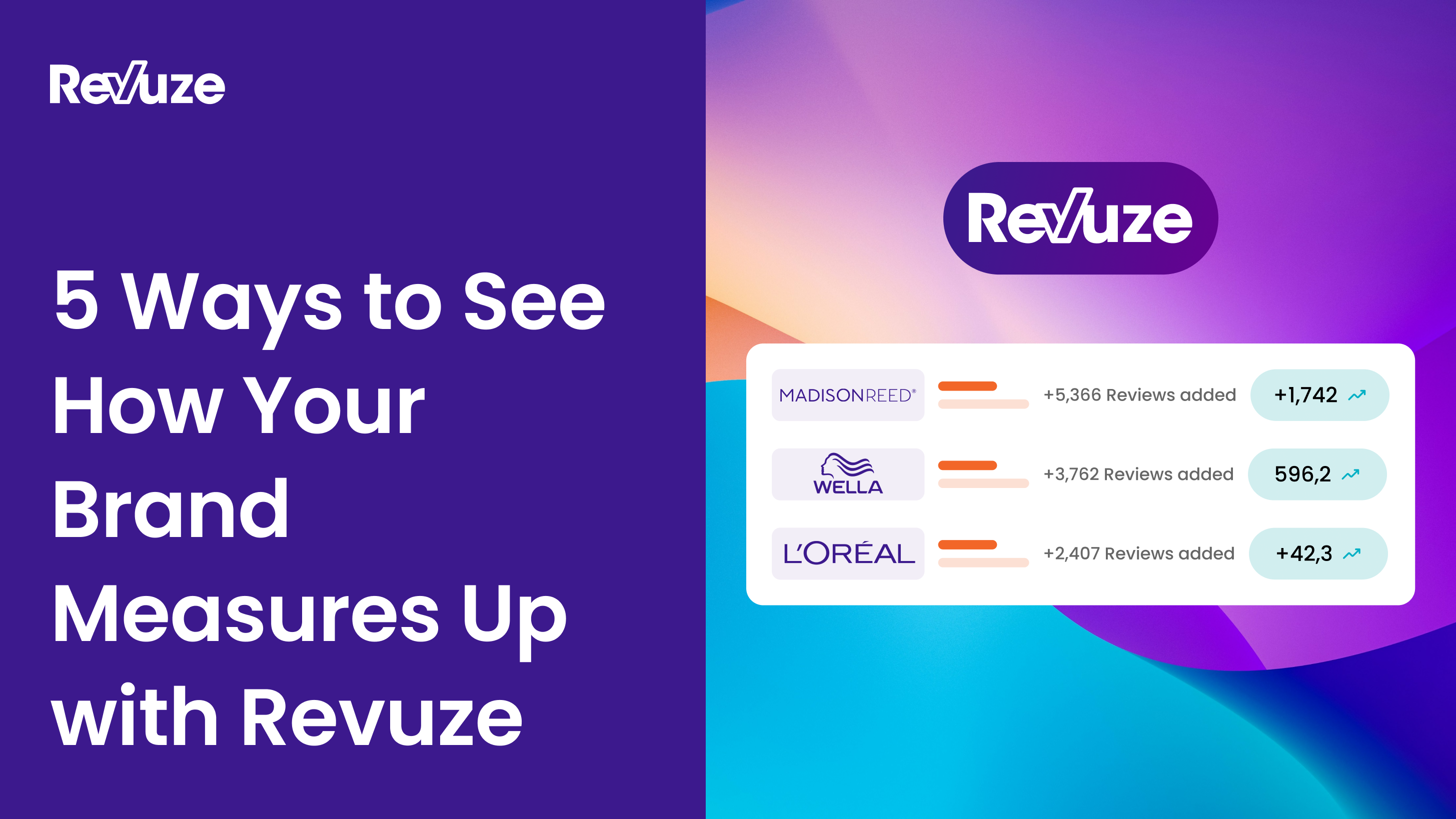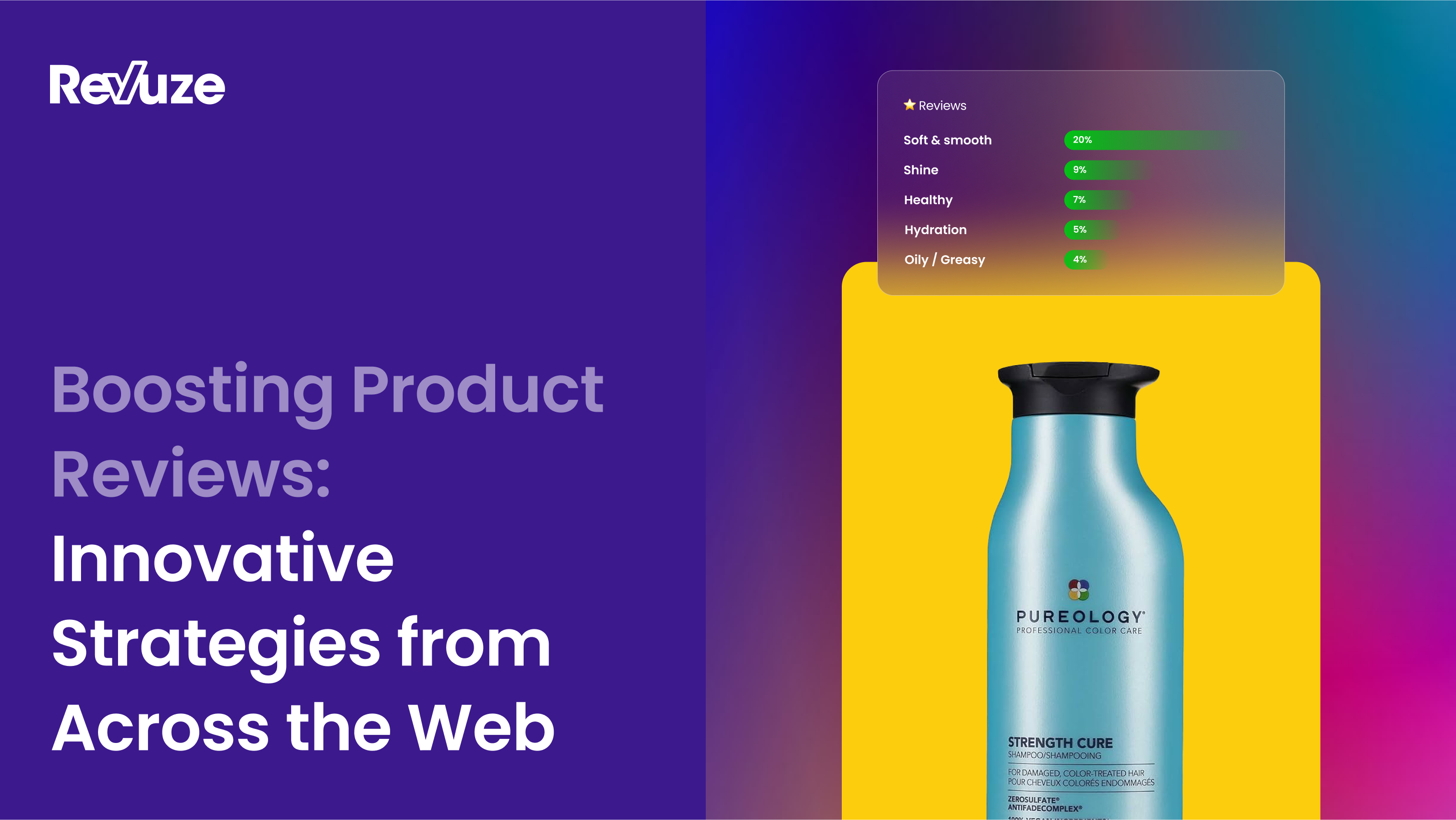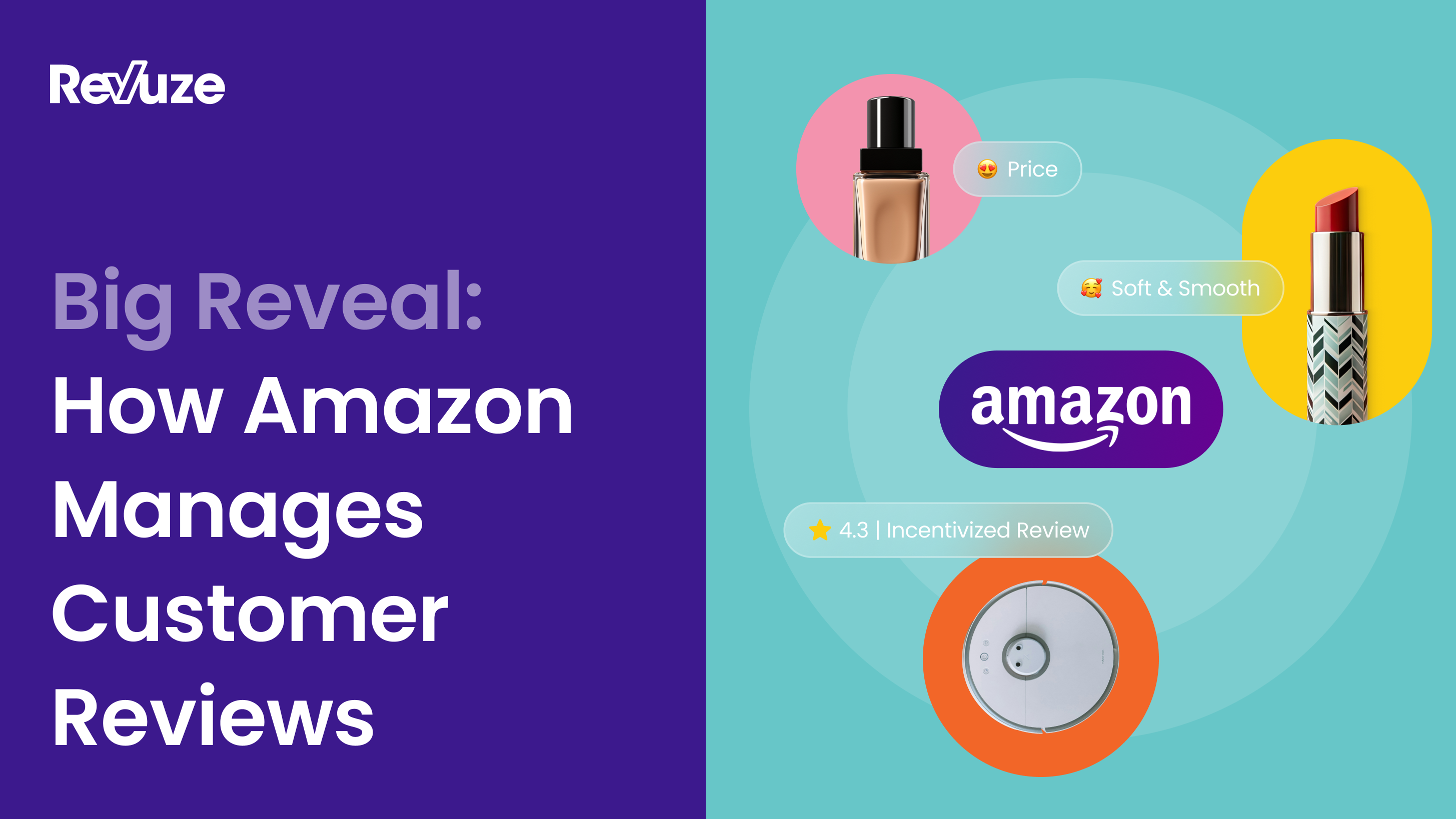
Brand touchpoints with consumers have evolved. They’ve gone from being traditional brick-and-mortar institutions with in-store branded experiences to digital ecommerce experiences. They’ve made the leap from the physical shelf to the digital shelf in an effort to reach more consumers. With increased online purchases, consumers are interacting less with the products before they make a purchase, making the PDP (Product Detail Page) that much more important. There are also digital-first companies like Warby Parker that went retro and launched their own chain of stores. The retail landscape is fluid, where a consumer can make an in-store purchase or an online one. The fact is, ecommerce is here to stay and growing and will represent 20.8% of purchases made in 2023, according to Forbes.
Although ecommerce represents a fifth of retail business, brick-and-mortar markets can still learn a lot from online reviews. Consumer insights from online reviews can create a synergy between the two mediums that ultimately strengthen and support traditional retail models. Consider for a moment that the same consumer who buys in a store is also likely to make a purchase online, making their product experience extremely relevant to in-store marketing efforts. The scalable insights from Generative AI can ultimately be transformed into best practices for the floor.
In this blog, we’ll outline five ways that traditional retailers can leverage online consumer review data for success.
1. Enhance campaigns and strategy
Awareness campaigns are an opportunity to strengthen your brand among consumers especially around specific topics. The magic of Revuze’s Generative AI engine is that it’s not limited to a list of predefined topics for products. Instead, the topics are distilled based on the feedback from consumers and sentiment is assigned based on the product. We’re often surprised to see the topics that emerge. For instance, topics that may not be top of mind are packaging, gifting, or sustainability to name a few. These are topics that emerge in different categories like cosmetics, footwear, and even food and beverage. Would you believe consumers love gifting hot sauces? Here’s one of the top ones being gifted
Knowing this information about your product allows marketers to adapt and tinker with awareness campaign messaging. Topics with positive consumer sentiment can be integrated in the campaigns and can target new segments never considered.
One very common marketing strategy is the use of coupons, freebies or similar promotions. Focus on the incentivized review data to understand your consumers’ sentiment around your product. The consumer insights from Generative AI will highlight what these consumers are talking about. When looking at the topics try to understand what topics bubbled up and adjust the campaign strategy accordingly.
After understanding what’s important to your consumers, take a look at the overall consumer sentiment continuum along with the competition. The below chart looks at the consumer sentiment continuum for incentivized reviews for lipsticks.. How does your product measure up?
Although these consumer insights are from online reviews that can still impact in-store purchases. Topics that are important to online consumers will likely be important to your in-store consumers as well. This is your opportunity to leverage the insights from Generated AI and adapt your retail strategy.
2. Adjustment for campaign for target audience
Brands strive to achieve product-market fit. However, sometimes things don’t go as planned and they miss their target audience. Get on track by leveraging the insights from online reviews. Perhaps the target audience you anticipated isn’t the one making the purchase but rather another audience entirely.
This is where Revuze’s Generative AI platform comes into play. It looks at all the reviews from the online buyers identifying the topics and sentiments. They are not predefined but are auto-generated. There is a consumer segment out there with a wide foot. Below are the top running shoes for consumers based on the feedback from online reviews and this was unanticipated. This is an opportunity to create a target campaign around consumers who have wide feet. The
3. Planogram: Redesign the store merchandise placement
As retail marketers know, there is a lot of thought that goes into product placement on the show floor. At times it can actually make or break a product. Questions that are taken into consideration include:
- Is the product on sale?
- Is it a product launch?
- What’s the product’s market share?
Using consumer data from online reviews can actually provide another parameter for you to consider when it comes to your store schematics:
- What products are trending among consumers?
- Are there products that are being promoted that actually have a low product sentiment?
If you take this data and integrate it into your schematic planning, the planogram would probably look completely different. For instance, if a specific product has a higher sentiment then that would be the product promoted at the front of the store with big signage.
4. Share consumer reviews from the digital shelf in retail stores
There’s no better way to ensure that your digital shelf and retail shelf marketing are intertwined than by sharing online reviews on a big screen in stores or a smaller one alongside individual products. By incorporating the reviews, it strengthens the overall in-store customer experience. Think about potential buyers walking through the store and seeing live product reviews; it’s the ultimate validation that your product is amazing!
Imagine a consumer interested in purchasing a new TV, for instance. There are so many questions that go through a consumer’s mind: What is the best brand? Will it last? How is the resolution? Is it intuitive? They can all be answered by consumer reviews. This is also an opportunity to create an interactive experience. Simply include a QR code for the potential buyer to scan and have a look at the complete online review.
A screen with rolling consumer feedback ensures that the authentic voice from verified buyers shines through and is another tactic to help salespeople close the deal. It also helps strengthen the brand.
5. Educate in-store sales associates know how to push the product
Ensuring sales associates close the deal with in-store consumers involves a significant investment in training. They have to learn the unique selling points of each product, advantages and disadvantages. This is as true for selling mobile devices as it is for selling footwear of makeup. Think of all the questions potential consumers can ask. What is the resolution of the mobile camera? Is the sneaker line good for running? Are cosmetic products hypoallergenic?
This can all be optimized and fine tuned thanks to Revuze’s Generative AI. Remember it collects all the topics that consumers bring up around a topic and weights it by share of discussion. So we can take a product like running shoes and select the look & design topic. Voila! The term cloud generates all the important attributes around the topic which can be integrated into the training sales associates. Everything that’s important to consumers is right there in black and white from the consumers themselves! So leverage it to enhance your retails sales capabilities.

Conclusion
Integrating online reviews from Generative AI into retail stores can be a game-changer for traditional brick-and-mortar businesses. While e-commerce continues to grow, there is still much to learn from online consumer insights. The synergy between online and in-store experiences can strengthen and support traditional retail models, leading to enhanced brand awareness, targeted campaigns, optimized store layouts, aligned marketing strategies, and well-informed sales associates.
By leveraging Generative AI technology, retailers can tap into the wealth of consumer feedback and sentiment shared in online reviews. This data provides valuable insights into specific topics, unexpected target audiences, trending products, and consumer sentiment continuum. Armed with this knowledge, retailers can adapt their awareness campaigns, adjust their target audience approach, redesign store merchandise placement, align marketing strategies, and educate sales associates to effectively promote products and address customer inquiries.
Learn how Revuze’s platform can support your brand’s retail goals here.
 All
Articles
All
Articles Email
Analytics
Email
Analytics











 Agencies
Insights
Agencies
Insights